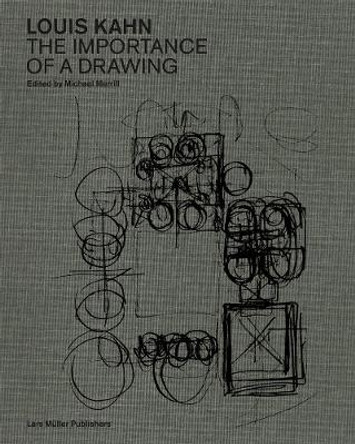Description
Louis Isadore Kahn (1901-1974) treated each building like a temple. Across the United States, in India, Bangladesh, Pakistan, and Israel, his designs combined the sleek, utilitarian surfaces of modernism with a devotion to geometric forms and a reverence for natural light that suffused his stuctures with a monumental and breathtaking spirituality. This essential introduction brings together 17 of Kahn's most important buildings across his cultural, governmental, religious, and residential repertoire. Plans, views, descriptions, and quality photographs trace the context and development of each project, while an introductory essay explores Kahn's unique architectural ideology and his legacy as one of the most important 20th-century American architects since Frank Lloyd Wright. Through Kahn masterworks, such as the National Assembly Building in Dhaka, Bangladesh, or Kimbell Art Museum in Fort Worth, Texas, we'll explore Kahn's his "back to basics" grammar inspired by ancient sites in Italy, Greece, and Egypt; and his unique vocabulary of mass, void, and light that suffused the International Style with a near-celestial luminescence.
About the Author
Joseph Rosa is the Director of the University of Michigan Museum of Art. He is author of numerous publications and has taught at Southern California Institute of Architecture (SCI-Arc), the California College of the Arts, The College of Environmental Design at the University of California in Berkeley, and the Graduate School of Architecture, Planning, and Preservation at Columbia University. Peter Goessel runs an agency for museum and exhibition design. He has published TASCHEN monographs on Julius Shulman, R. M. Schindler, John Lautner, and Richard Neutra, as well as several titles in the Basic Architecture series.
Book Information
ISBN 9783836543842
Author Joseph Rosa
Format Hardback
Page Count 96
Imprint Taschen GmbH
Publisher Taschen GmbH
Weight(grams) 560g







